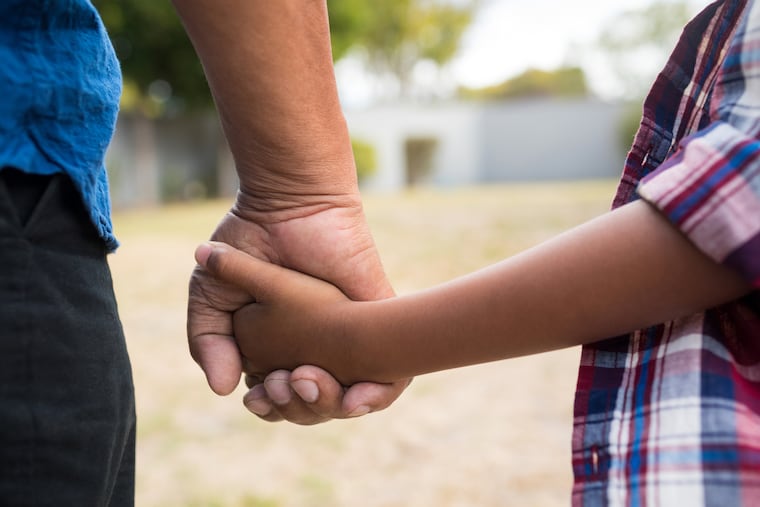Philly may use New Jersey’s model to improve its child welfare system.
The challenges facing Philadelphia’s child welfare system, including a high number of children in foster care, worker shortages, and legal issues related to child injuries and fatalities, starkly contrast with New Jersey’s significant progress over the past two decades. As Philadelphia grapples with these enduring issues, New Jersey’s reforms could serve as a blueprint for necessary change.
In the 1990s, New Jersey’s child welfare system was one of the least effective in the nation, burdened with insufficient caseworkers for the vast number of children requiring assistance. The system often resorted to quick fixes, which occasionally endangered the very children it aimed to protect. However, in a progressive turnaround, New Jersey acknowledged the detrimental effects of separating children from families that largely needed support rather than intervention.
The impetus for reform was a pivotal class-action lawsuit filed in 1999, which highlighted maltreatment in the state’s foster care system. Settled in 2003, this legal action led to increased funding and the appointment of an external monitor to oversee reforms. New Jersey responded by hiring an additional 600 caseworkers, significantly decreasing caseloads and providing more extensive training aimed at preserving family unity whenever possible.
Research has increasingly suggested that many children and families can be safeguarded from involuntary separation with adequate support services, such as stable housing and healthcare. The model implemented in New Jersey reflects this growing understanding and emphasizes proactive family support rather than punitive measures.
As a result of these reforms, New Jersey has achieved remarkable outcomes. The state has reduced its foster care population from approximately 13,000 in 2003 to just 2,707 in 2024, a decrease of about 79%. In contrast, Philadelphia has also made strides, boasting a nearly 60% reduction since 2017. Nevertheless, the city maintains a foster care population that parallels that of New Jersey despite having a significantly smaller demographic base.
Difficulties in comparing the two states’ foster care rates have been compounded by prevailing poverty levels, which are notably higher in Philadelphia. However, experts highlight that poverty itself should not justify child removal, pointing out that Philadelphia removes children from homes with economic challenges at a rate 2.5 times higher than New Jersey.
A 2022 City Council report revealed Philadelphia’s outlier status regarding family separations tied to economic hardships. Recommendations from this report advocate for focusing on the most severe cases while enhancing family support services. Effective implementation of these recommendations appears essential in addressing the systemic problems plaguing Philadelphia’s child welfare approach.
New Jersey’s success also lies in its ability to maintain compliance with caseload standards and achieve a workforce turnover rate of less than 10% among case managers. In contrast, Philadelphia’s community umbrella agencies experience turnover rates of approximately 35%. High turnover can lead to fewer families being reunified, perpetuating cycles of foster care placement.
Despite concerns that New Jersey may have overly prioritized family preservation, data shows that the decline in its foster care numbers has not compromised child safety, with rates of maltreatment falling by 68% from 2010 to 2023.
As Philadelphia navigates its challenges, local activists are working to implement the reform strategies delineated in the City Council report, particularly focusing on economic support measures to reduce unnecessary family separations. This shift in policy necessitates a reconsideration of how family economic struggles are framed within the child welfare system, promoting support over punitive responses.
The experiences of New Jersey reveal that thoughtful reforms, centered around family stability and adequate resource allocation, lead to more effective outcomes in child welfare. Moving forward, Philadelphia officials and stakeholders must learn from these lessons to foster a more effective and humane child welfare system.







